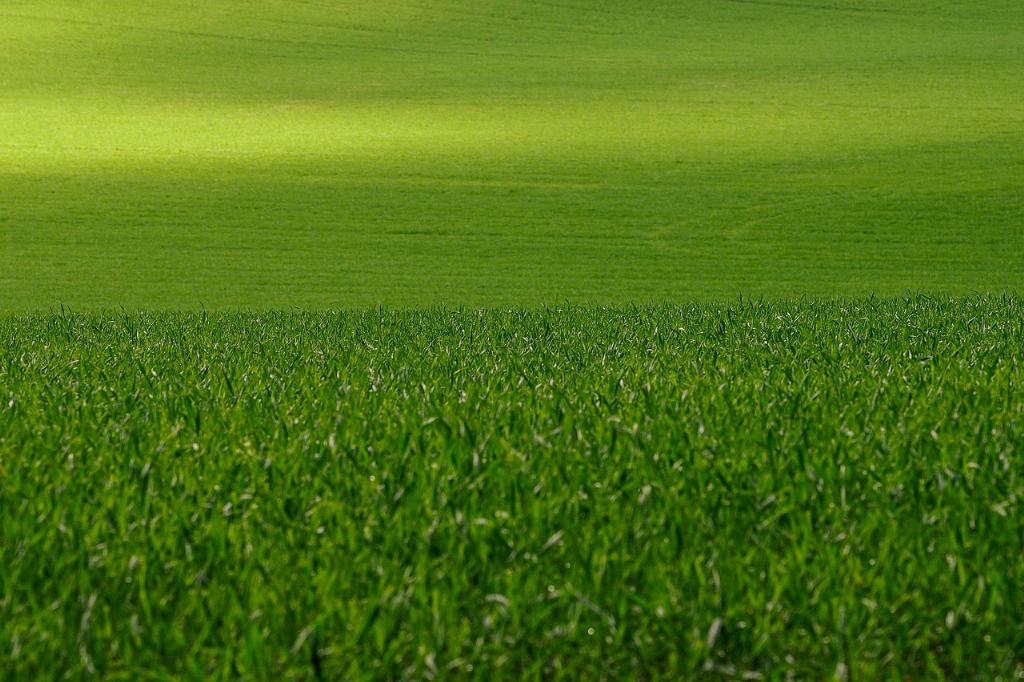When your lawn is faced with a grub infestation, the first signs of trouble usually manifest in the form of thinning grass that starts to turn brown. This initial stage of damage can often go unnoticed since it may seem like regular discoloration or stress due to environmental factors.
As the grub population increases and continues to feed on the grassroots, the affected areas become more pronounced. One of the most noticeable effects of grub damage is the emergence of larger brown patches scattered across your lawn. These irregularly shaped patches disrupt the uniform green appearance of your yard.
It is not uncommon to observe the emergence of these brown patches towards late summer or early fall. During this period, grubs are more active in their feeding habits, causing accelerated damage to the grass. This heightened feeding activity results in the expansion of damaged and dead grass, further accentuating the visual impact of the infestation.
Aside from brown patches, another characteristic sign of grub damage is the presence of wilting or dying grass in localized areas. As grubs consume the grassroots, they compromise the plant’s ability to uptake nutrients and water, leading to the deterioration of the affected turf.
In severe cases of grub infestation, you may also notice patches of loose or rolled-up turf that easily detach from the soil. This is a result of the grubs’ tunneling activities as they feed on the grassroots, causing the grass to lose its grip on the ground and become vulnerable to uprooting.
Furthermore, an infested lawn may exhibit signs of increased bird activity, as animals like crows, raccoons, or skunks are attracted to the presence of grubs in the soil. These opportunistic feeders can worsen the damage by digging up the turf in search of the protein-rich larvae, leaving behind unsightly and disruptive patches of torn-up grass.
Another notable indication of grub damage is the weakening and browning of the grass at the edges of affected areas. As grubs continue to feed and spread underground, the adjacent turf begins to show signs of stress and decline, creating a gradual outward progression of damage from the initial infestation hotspots.
Grub-damaged lawns may also display an increased susceptibility to drought stress and wilting, even when adequate watering is provided. The compromised root systems of the grass plants make them more vulnerable to environmental factors, leading to a reduced ability to withstand periods of dryness or heat.
In some instances, you might observe patches of uneven or sunken grass in areas where grubs have heavily grazed on the grassroots. This uneven surface is a result of the disrupted root structure beneath the turf, causing the affected areas to sink or become irregular in height compared to the healthier sections of the lawn.
Additionally, the presence of adult beetles in the vicinity of your lawn can serve as a warning sign of potential grub damage. Since adult beetles lay eggs in the soil, their presence suggests that a new generation of grubs may be developing underground, ready to hatch and begin feeding on the grassroots in the upcoming season.
Overall, identifying the distinctive signs of grub damage in your lawn is crucial for implementing proactive control measures to protect your turf from further devastation. By recognizing these visual cues and taking prompt action, you can effectively mitigate the impact of grubs and restore the health and vitality of your lawn.

